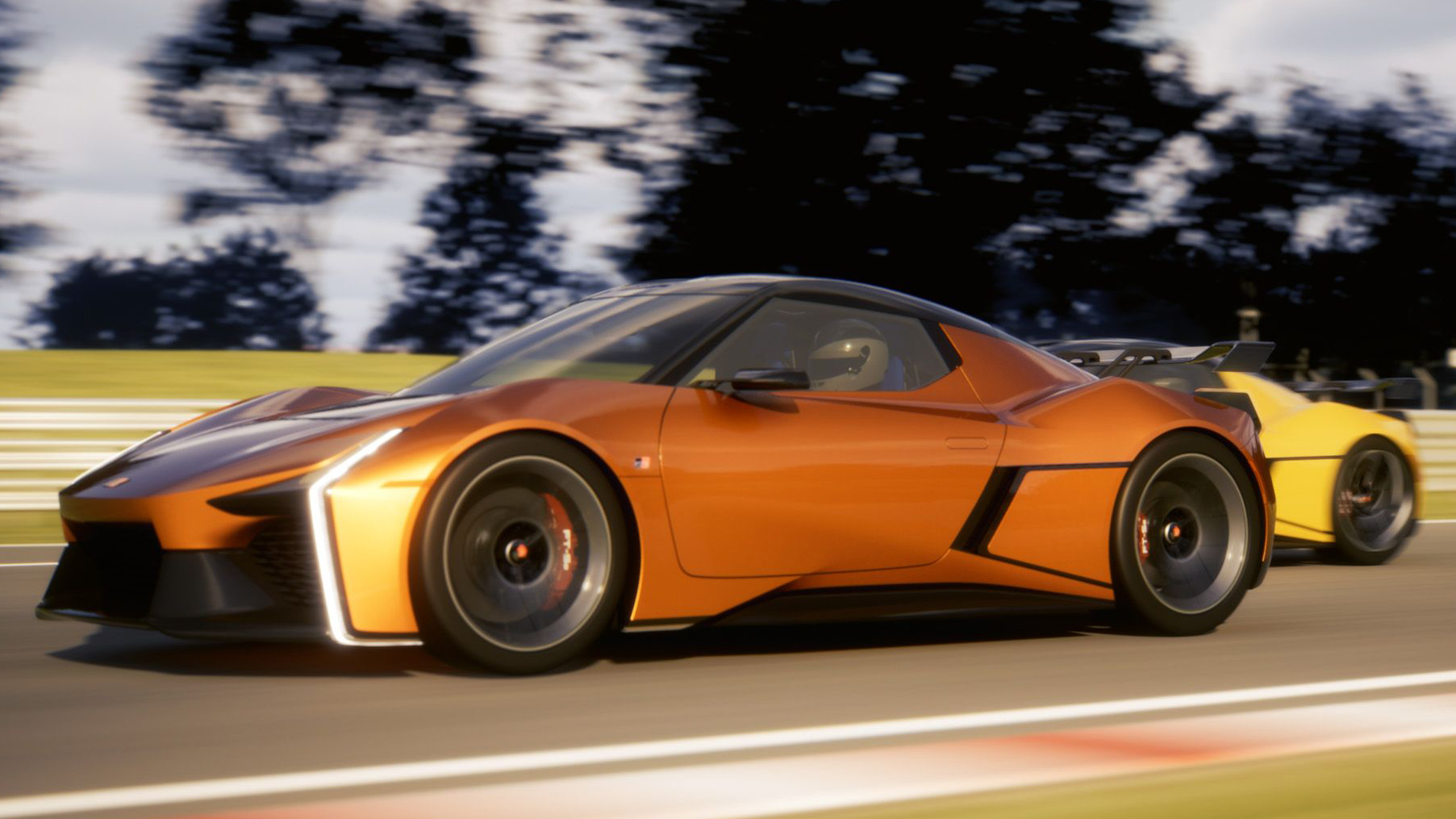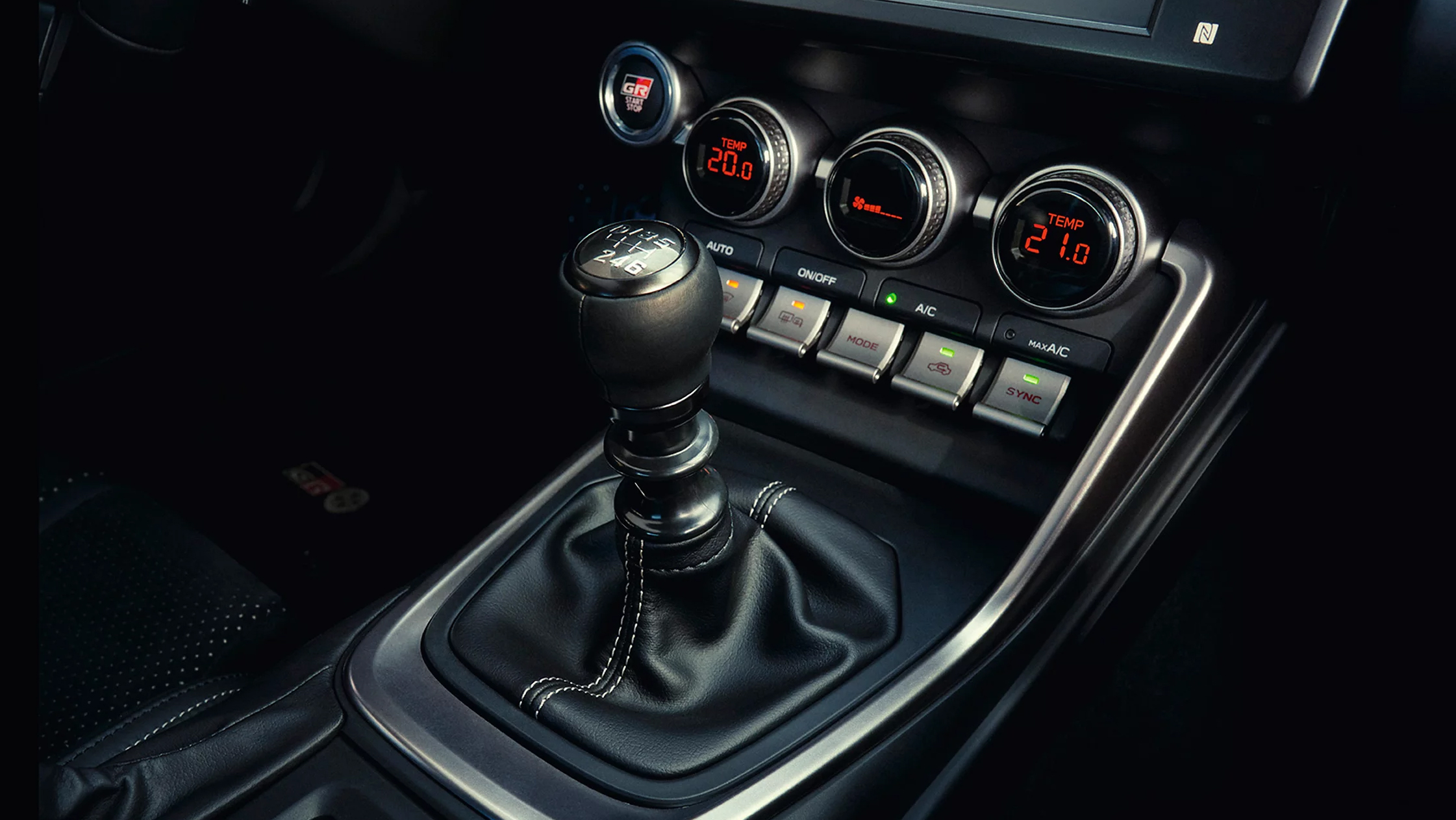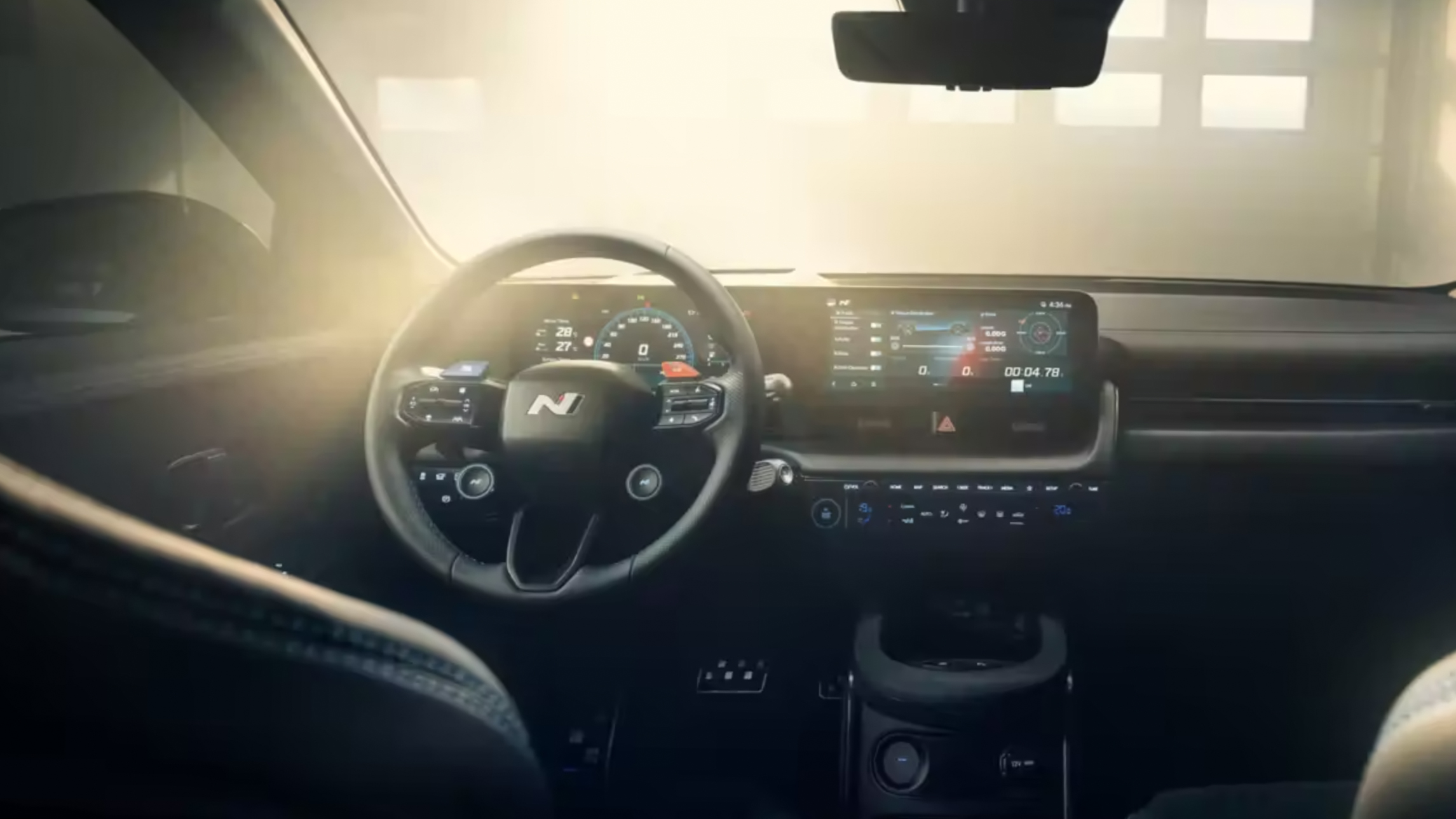Toyota EVs make a massive U-turn to bring back gearboxes and stalling
Manual transmission could make a return in upcoming EVs

Electric vehicles have been lauded for their simplicity, with a lack of complex oily parts, transmission tunnels and cooling requirements allowing designers to run wild with fresh designs like the Toyota FT-Se above.
But that very same simplicity has put off many driving enthusiasts, who feel that EVs lack 'soul' and have a digital driving experience that doesn't match the involvement of a good old-fashioned combustion engine.
Well, Toyota looks poised to tackle this issue head on, with manual transmissions seemingly back on the table for future EV owners. According to Autocar, who got a first-hand experience in a prototype Lexus UX300e fitted with the system, the technology has been in development for years and relies entirely on software to mimic the travel of a clutch and the throw of a manual gear-lever.
The prototype drive featured an actual gearstick borrowed from the Toyota GR86 (like the one below) and an old-school analogue rev counter, while switchgear allows the driver to go from a fully automatic drive to a manual one. This setup is expected to be available as factory option for buyers from 2026.

Of course, EV motors don’t require a conventional gearbox, so engineers have had to simulate everything with software. According to Autocar, first gear is engaged exactly as you would in a traditional manual car. Drivers can slip the clutch and even stall the car if they fail to balance the clutch and revs correctly. Surely, stalling an EV is the most embarrassing thing a driver could ever do?
What's more, engineers have ensured engine braking is felt by the driver, as well as the ability to 'coast' when the clutch is depressed. Autocar states that most bizarre thing of all is the lack of torque when attempting to suddenly accelerate in top gear without shifting down.
Synthetic sound is pumped into the cabin, with imitation rattles and trim shake simulating the fact that you have selected the wrong gear and the vehicle is struggling to put down torque.
Get daily insight, inspiration and deals in your inbox
Sign up for breaking news, reviews, opinion, top tech deals, and more.
The future for electric sports cars looks brighter

Although this 'manual' gearbox is driven entirely by software, even the simulation of a more involving driving experience is good news for those who think EVs lack soul. It feels like electric vehicles are moving away from digital gimmicks and into truly useful solutions.
In a similar move, Hyundai has worked on a number of innovations for its potent Ioniq 5 N hot hatch, with the ability to "change gears" via paddles mounted on the steering wheel, as well as various drift modes that simulate clutch kick, engine braking and realistic engine notes that can be pumped into the cabin. Early drives suggest it really works.
Naturally, the presence of a manual gearbox will likely be sold as an optional extra in the future, but Toyota is committed to ensuring its upcoming electric sports cars are as alluring as possible, with the recent FT-Se concept suggesting that it is working on a true two-seater sports car that will house the next generation of battery tech. One that will decrease charging time but massively improve power output.
Couple this with a 'proper' manual gearbox option and we could be looking at the most convincing EV sports car set-up to date.
You might also like

Leon has been navigating a world where automotive and tech collide for almost 20 years, reporting on everything from in-car entertainment to robotised manufacturing plants. Currently, EVs are the focus of his attentions, but give it a few years and it will be electric vertical take-off and landing craft. Outside of work hours, he can be found tinkering with distinctly analogue motorcycles, because electric motors are no replacement for an old Honda inline four.